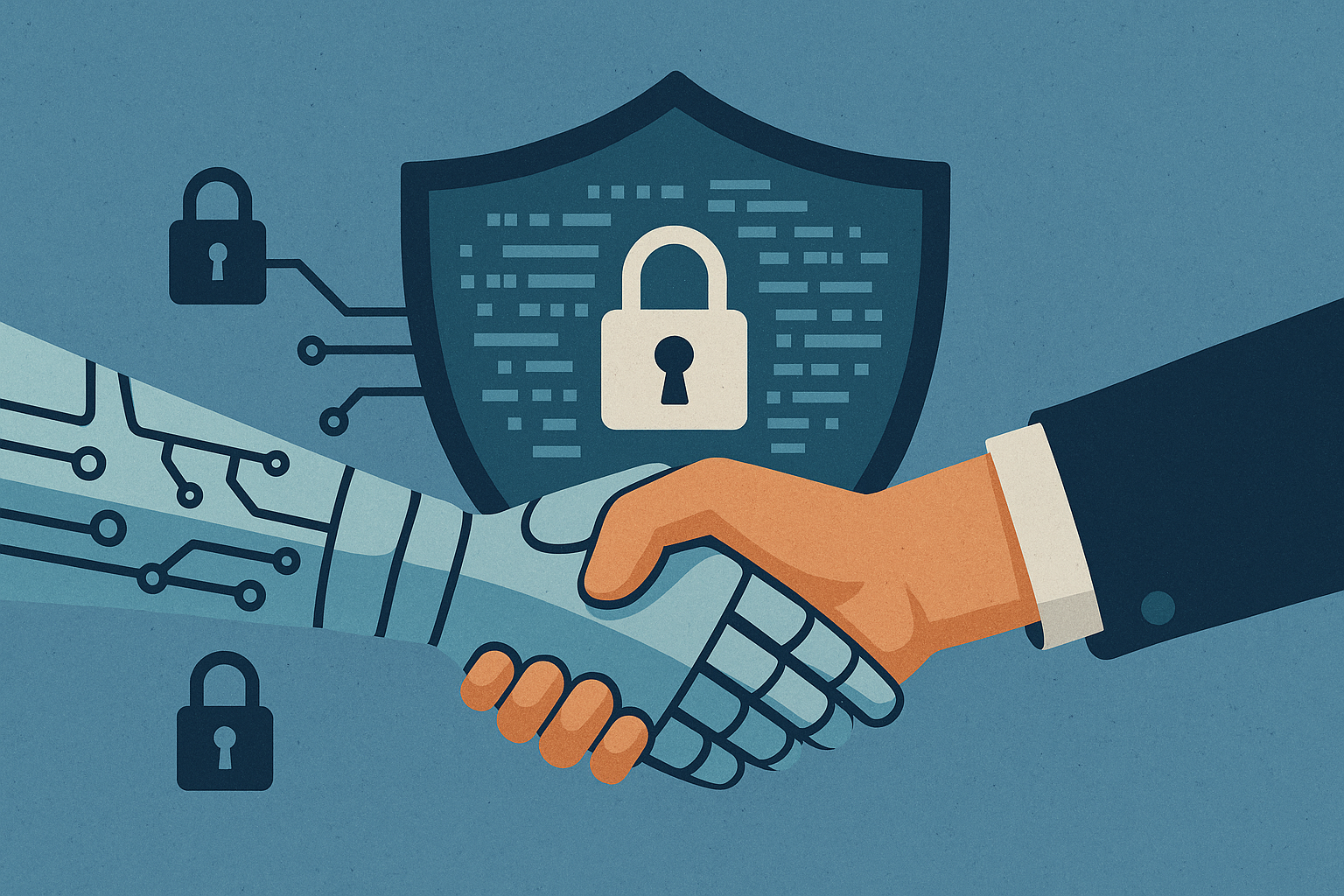AI is everywhere right now.
Tools that write emails.
Bots that answer customer questions.
Platforms that promise to automate your to-do list so you can “work smarter.”
And for good reason—used right, AI can absolutely boost productivity, streamline operations, and help your team get more done in less time.
But here’s the catch: when it’s not managed properly, AI can also introduce serious cybersecurity risks.
Let’s break down how to put AI to work in your organization—without opening the door to threats.
What Small Businesses Are Getting Right About AI
We’ve seen local teams use AI to:
-
Draft proposals and marketing content
-
Summarize long documents or meeting notes
-
Brainstorm ideas or automate repetitive tasks
The upside?
Less time spent on busywork. More bandwidth for the work that actually moves the needle.
And with tools like Microsoft Copilot rolling out to Microsoft 365, AI is now baked into the apps your team already uses.
Which makes it even more tempting to dive in.
But… What About the Risks?
Here’s where it gets tricky.
AI tools rely on data.
The more they know, the more helpful they are.
But that also means your inputs—what you type in—can become part of the tool’s learning process if you’re not careful.
That’s a problem when:
-
Sensitive client or employee data is entered into public AI tools
-
There’s no policy about who can use AI (and how)
-
Files are shared or stored in unsecured ways
Even simple mistakes—like pasting a financial report into a chatbot—can expose your business to privacy violations, data leaks, or compliance trouble.
How to Use AI Without Sacrificing Security
Here’s how to keep things smart and safe:
-
Start with a clear policy
Spell out which tools are allowed, what they can be used for, and what type of data is off-limits. (Hint: Anything confidential or client-related shouldn’t go into a public AI.) -
Use business-grade AI tools
Stick with tools built for secure environments—like Microsoft Copilot, which works inside your Microsoft 365 tenant and doesn’t leak your data into the public internet. -
Train your team
Make sure employees understand what AI can and can’t do safely. A quick example: AI can help summarize a client email—but that doesn’t mean you should copy and paste the entire client file. -
Layer in extra protection
Tools like data loss prevention (DLP), conditional access, and endpoint monitoring can help catch risky behavior before it causes damage. -
Review access regularly
Make sure only the right people have access to AI tools—and that those tools aren’t connected to other platforms that increase your exposure.
Bottom Line
AI can absolutely help your team work smarter. But it shouldn’t come at the cost of security, compliance, or your clients’ trust.
At DS Tech, we help businesses in the Upper Peninsula embrace new tech safely—so you get the upside, without the risks.
Want help evaluating AI tools or updating your policies?
Let’s talk about how to make smart AI part of your secure IT strategy.

